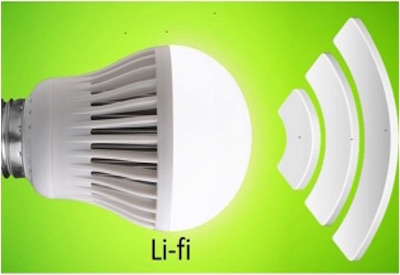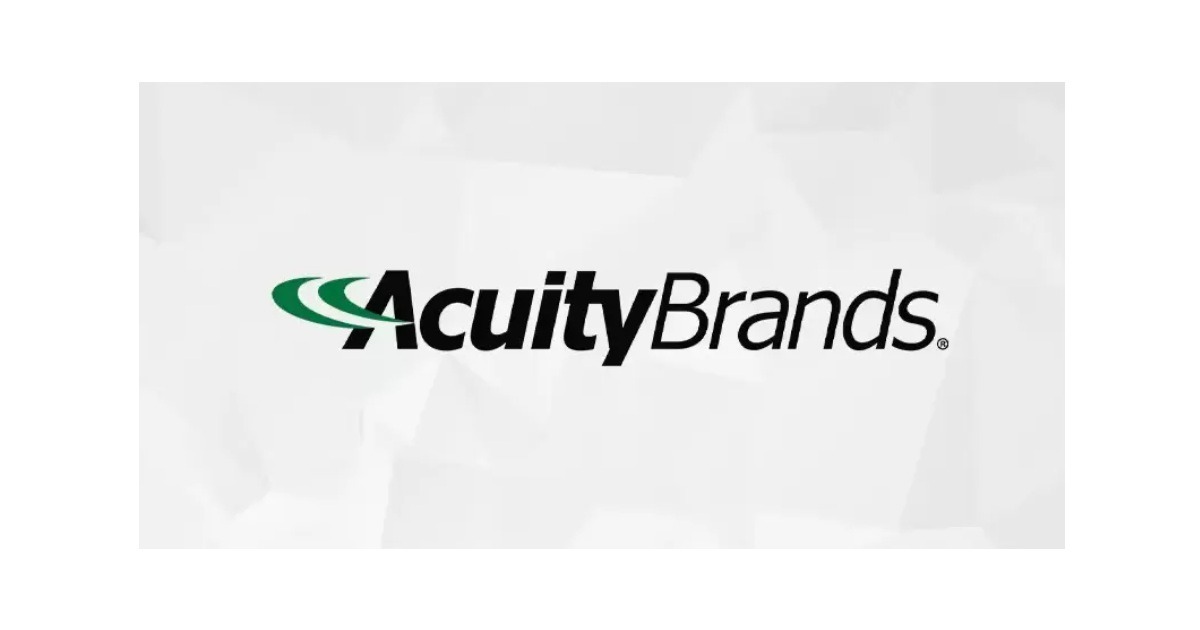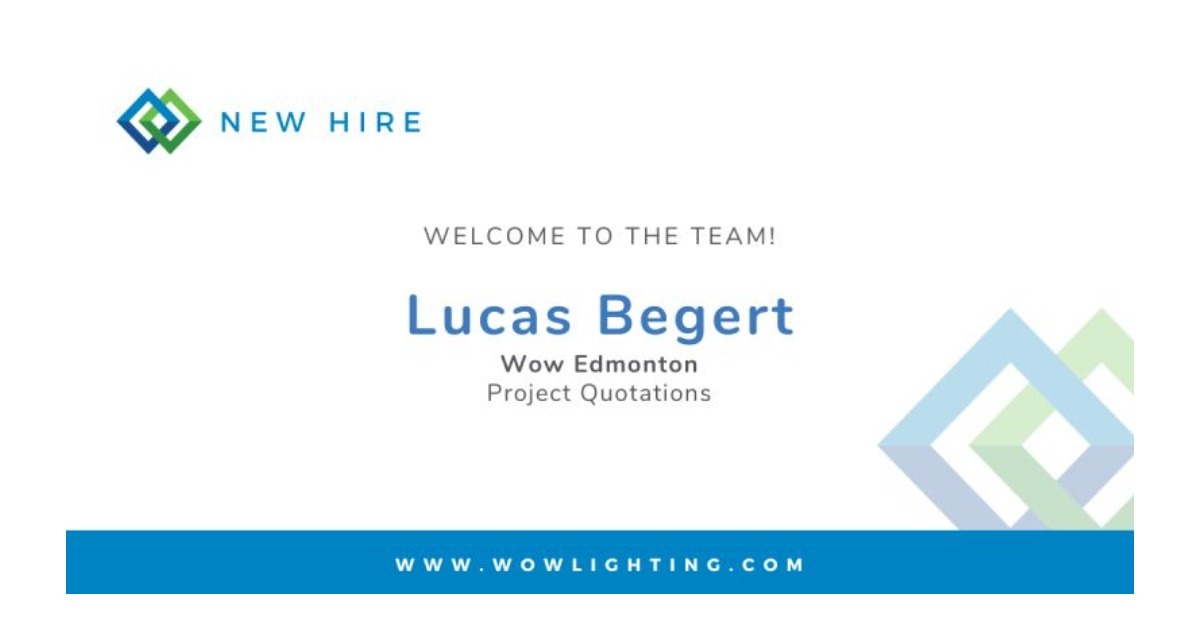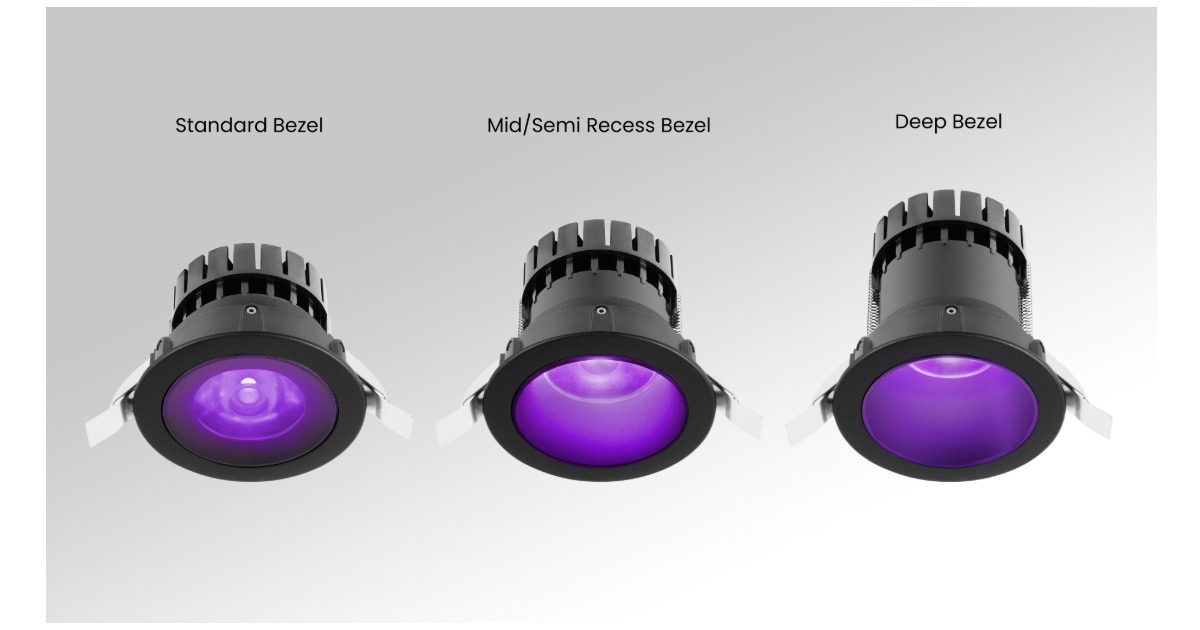Electrical Wholesaler Study 2016 Part 2: How Three Major Disruptive Technology Trends Are Affecting the Lighting Industry

May 26, 2017
By Claudia Bünte, Sascha Stürze and Oliver Vogler (shown in photo)
Technological change has often been the cause for major market disruption. Consumers tend to benefit from these kinds of disruptions through improved service levels or radically lower prices. Wholesalers and distributors, however, have fewer means to drive changes themselves.
Part 2 of this 3-part whitepaper analyzes the disruptive character of LED (“LEDification”), smart home technology and digitalization to see how these trends have changed the behaviour and expectations of installers and contractors as the key customer group of electrical wholesalers.
Part 1 looked at the key challenge of electrical wholesaling challenge. Here in Part 2: three major disruptive technology trends affecting the lighting industry: LEDification, connected-home-technology, and purchasing channel-digitalization.
1. LEDification
In a very recent report, Goldman Sachs views the adoption of LED technology as the most fundamental market disruptor in the green energy sector. Moreover, the analysts call it one of “the fastest technology shifts in human history” as adaption beyond the developed countries is accelerating (in 2016).
LED technology has actually entered the lighting business some time ago. Since then, however, the expansion of LED production has led to a double digit drop in annual sales of conventional bulbs and halogen lamps. In the German retail market, for example, every second consumer lamp sold in 2015 was based on LED technology (GfK Retail Panel data, Germany 2015). Furthermore, the technological features of LEDs — in particular dramatically prolonged product lifecycles — are paving the way for the cost-effective production of lighting fixtures (luminaires) with integrated LED technology.
All market researchers, wholesalers and installers interviewed in our study confirm the accelerated adoption of LED technology. On average, wholesalers expect almost two thirds of all lighting revenue to be generated by LED-powered products by 2020. In fact, three of four installers already choose LEDs over other technologies today.
2. Connected home
While LEDification is a mature trend maintaining momentum, connected-home-technology is still in its infancy. Use cases are still evolving and there are often no standards governing interoperability. This is the main reason why Gartner, the world’s leading information technology research company, puts connected home at the “Innovation Trigger” stage in its Hype Cycle model. As such, the “Plateau of Productivity”, in other words widespread adoption and solid revenue, is 5 to 10 years away.
In its report, Gartner writes (Elizalde 2015: page 17): The connected home exists today mostly as silos of services and products and underlying enabling technologies that sometimes compete with each other. Yet the interconnection of home electronics and devices has been simplified enormously in the past few years, with content and information being distributed throughout the home via a variety of devices.
However, the report authors also state: The connected home will evolve into the rendering of increasingly intelligent systems which, by using smart learning algorithms and predictive analytics, will develop into smart home experiences. This is resulting in a rapid progress in the Hype Cycle toward the Peak of Inflated Expectations.
The questioned installers, as part of our research, also expected smart-home-technology to be rapidly adopted and, in particular, confirmed the significant business potential of these new technologies.
Our range of qualitative interviews with wholesalers confirmed that the service silos and missing standards are currently a major inhibitor for the full commercial exploitation of smart home technologies. On the other hand, they claim that once standards emerge, the conversion of light management with other home-automation systems has the power to change the whole eco-system affecting marketing strategies for OEMs and wholesalers.
3. Digitalization
Given that this paper focuses on wholesalers, we want to look at the increasing digitalization of sales channels that influence the relationship between installers and wholesalers; in other words, the use of digital technology in trade.
Interestingly enough, price (i.e., price savings relative to offline channels) is not the number one priority for installers here. In fact, “only” around one third of installers across the different countries list price as one of their key considerations when purchasing via digital channels. In a world of shorter product lifecycles and huge product diversity, more than half regarded digital channels as an important means of comparing products and obtaining additional information. This is an aspect of online selling that wholesalers have very much underestimated to date.
In an industry, where customers are used to experience personal interaction and to collect products at outlets instantly, delivery speed is a key concern when purchases move online. In fact, if we look at the data in more detail, in some countries (Germany in particular) and for some types of installers (e.g. dedicated installation companies as opposed to building managers) this is the most important factor when purchasing online.
Effects of market disruption
In combination with socio-demographic megatrends such as increased urbanization or ageing populations, the above technology shifts have a disruptive effect on the value chain. Many of these effects can already be witnessed today and are causing the key wholesaler challenges listed above. These shifts affect product portfolios, price and competition, and service.
Product portfolio effects
- LED technology is prolonging product lifetimes significantly, thus drastically reducing the potential for replacement business. At the same time, it is making the production of integrated over-the-counter luminaires much more cost effective.
- LEDification is radically shortening technology cycles. With technology generations shifting every six months, it is becoming increasingly challenging for wholesalers to maintain an innovative product portfolio and offer the same levels of service and advice on such rapidly changing portfolios. At the same time, installers expect a certain level of consistency with interfaces and standards across technology generations.
- As we have seen above, the connected home market currently comprises a host of competing standards and “ecosystem.” Although there is a great deal of business potential here, there is also a risk that this war around standards will ultimately result in smart home use cases failing to deliver on their promises. On the other hand, international wholesalers in particular cannot risk missing the boat on this trend, as it would further exacerbate their portfolio challenges.
Price and competition effects
- LED technology has opened the way for new, “unbranded” manufacturers to enter the market at very competitive price points. This has increased margin pressure on branded products for established wholesalers.
- However, these new players have only been able to enter the market so rapidly thanks to the emergence of digital sales channels. On the one hand, local and often specialized online platforms for lighting products have emerged offering lower transaction costs. On the other hand, online pure players and marketplaces (e.g. Amazon) are also expanding into the lighting business, offering attractive prices and shipping cost.
Service effects
- The lighting sector has evolved dramatically in recent years. No longer the simple process of changing light bulbs, it is becoming a more “high-involvement” business also for consumers. Professionals need to think in terms of solutions rather than products. This is especially true for smart home applications.
- Because of global digitalization, consumers are adopting a “24/7” and “ubiquitous information” mentality. Both, consumers and professionals no longer tolerate low service levels or poorly designed product information. They also believe that all manner of demands can now be provided via digital platforms.
New challenges due to changing installer demands
These technology shifts are fuelling market disruption and subsequently changing the expectations of electrical wholesalers’ direct customer group: installers and contractors. Many of these professionals deal with lighting products every day. However, they are also consumers in other areas of their lives. They therefore have other purchasing experiences and, subsequently, expectations, especially from interaction with digital pure players and marketplaces. Consequently, installers develop new expectations and requirements vis-à-vis electrical wholesalers. These include:
- Maintaining a more flexible portfolio that reflects the latest innovations
- Maintaining a portfolio that caters to both “top seller” products as well as “long tail” special products (especially for traditional lighting)
- Providing end-to-end support for installers, including service for larger and more rapidly changing product portfolios
- Providing advice on trending technologies, especially smart home and smart building products
- Educating installers on how to become “solution experts” themselves rather than just filling out product orders
- Creating a credible multichannel strategy without sacrificing personal contact with installers and proximity of outlets to installers.
Meeting these demands from installers will cost wholesalers money. However, this also comes at a time when wholesalers are facing a challenging margin situation in some lighting categories (over 60% of wholesalers are already worried about price pressure). Wholesalers also have higher fixed cost bases than new digital market players. As such, the key question we have to ask is: What is the winning model for electrical wholesalers?
Coping with disruptive change: establishing a clear proposition
We believe that the only way for wholesalers out of this dilemma is by offering high service and quality levels and asking for an appropriate price premium. In other words, playing as strong brands in other industries play. This believe is not only based on our own business experience but also on economic theory.
This theory suggests that there are three strategies that companies can adopt to create a competitive advantage, especially when coping with disruptive change:
- cost leadership — reducing costs along the value chain to the greatest possible extent. But do we even have a choice to play the price game in the long run?
- differentiation from competitors — giving customers a compelling reason as to why they should buy its product and not a competitor’s. Wholesalers need to build their own brand.
- focusing on niches — specific customer groups or regions and offering them a product or service that is almost “tailor-made” to their needs
In Part 1: the key challenge facing electrical wholesalers: http://www.electricalwholesaler.electricalindustry.ca/latest-news/1637-electrical-wholesaler-study-2016-part-1-operating-successfully-in-a-disruptive-market]. In Part 3: how to operate in the higher end of the market. Watch for Part 3 in an upcoming 16 issue.
About the authors
Dr. Claudia Bünte is an international marketing and branding expert. She has held a number of leading positions at global companies across the world: Associate Principal at McKinsey & Company, Global Vice President Brand and Marketing Strategy at Volkswagen AG, Director Europe for Knowledge & Insights, Director Strategy and Planning for Germany and three other markets (both at The Coca- Cola Company). Other engagements include strong brands such as NIVEA, Apple and Siemens. She teaches marketing at international institutions and holds a PhD in Brand Strategy.
Sascha Stürze is the founder and CEO of Analyx. He has dealt with the pragmatic application of advanced data analytics to top management issues in sales and marketing for more than fifteen years. Initially working as a consultant at McKinsey & Company in Berlin and San Francisco and then since 2006 at his own marketing analytics firm, he supports clients across Europe by bringing the power of big data to the desks of CMOs. He holds a Master’s Degree in Management Information Systems and serves on the Advisory Board of multiple analytics start-ups that he has co-founded.
Dr. Oliver Vogler is Global Vice President for Strategy and Marketing at LEDVANCE. He has worked in the lighting industry for more than five years in different strategy, sales and marketing functions with a strong focus on the electrical wholesale business. Dr. Vogler previously worked for McKinsey & Company as a consultant serving high-tech clients primarily in the lighting and semiconductor industries. He holds a PhD in Empirical Economics.
This white paper has been lightly edited and abridged. Read the full paper: http://electricalwholesalestudy.de/wp-content/uploads/2016/09/160923_WhitePaper_FINAL_Web.pdf













